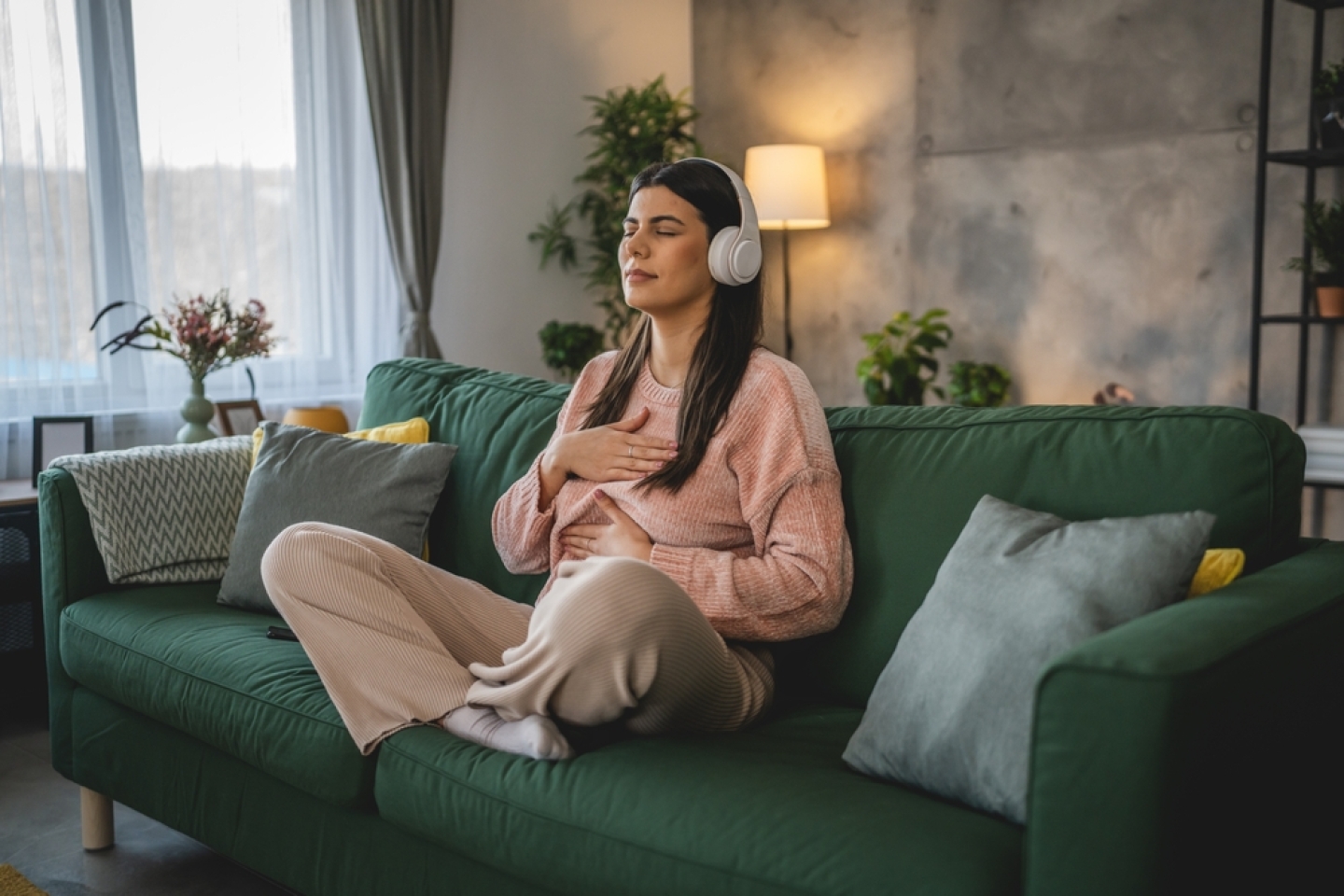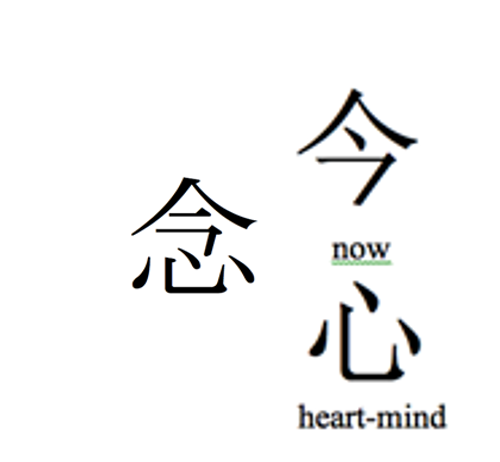
For those who practice it regularly, meditation is the superpower that keeps stress at bay, improves their mood, and boosts their health and energy. Most of us are aware of its benefits, but we may remain confused regarding what actually qualifies as meditation.
Zoning out doesn’t count, nor does falling asleep while listening to relaxing music. So what, exactly, is meditation?
Says Dr. Michelle Loy, an Associate Professor of Clinical Pediatrics, Associate Attending Physician and Integrative Medicine specialist at Weill Cornell Medicine, the answer to that question isn’t as simple as it may seem. For one, meditation is often conflated with mindfulness. “The two are related but distinct,” she says.
Meditation is “a formal, structured practice that often involves techniques to cultivate mindfulness and focus,” she explains.
Mindfulness, she continues, is the practice of being present and fully engaged in the moment, without judgment. “I like to talk to my patients about both of them. Mindfulness can be integrated into daily activities, but a structured meditation practice can enhance mindfulness, among other benefits.
The chinese character for mindfulness is a combination of “now” or “today” and “heart-mind.”

“Mindfulness is a mental state, while meditation is a practice that can help people realize that state.”
In both, you notice how you’re feeling, you’re aware and awake, you’re watching your thoughts, and you’re tuning into the present moment. Per Dr. Jon Kabat-Zinn, a leading educator of meditation, you’re paying attention in a particular way. You offer compassionate curiosity toward your thoughts, emotions and sensations, allowing you to see life more clearly.
“There really is no one right way to meditate. There are many different ways, but they all boil down to a similar pattern,” Dr. Loy says.
One easy-to-remember acronym is STOP.
The best way to meditate is the one that you can do regularly—even for just a couple of minutes a day to start.
Meditation comes with numerous physical and mental benefits.
Among its physical benefits, meditation
Mentally, meditation
It depends, she says. “For those who enjoy apps and find them useful for building a new routine, I’m happy to recommend one or two.
“There are many different apps to choose from—many of them free,” she continues. “I usually counsel patients to take their time finding one they enjoy and not give up if the first one they try doesn’t resonate with them.”
Insight Timer and Headspace are two popular options that received a thumbs-up in a recent Wirecutter article that included Dr. Loy as a subject matter expert.
Still, Dr. Loy cautions, meditation apps aren’t for everyone. For those patients, she suggests seeking in-person instruction led by a licensed therapist.
There are different schools of meditation such as Buddhist, Zen, Taoist, Mantra, Vedic, Chakra and Kundalini, but because I speak to patients about meditation/mindfulness from a health perspective, I focus mostly on mindfulness-based stress reduction (MBSR), a secular program that aims to improve well-being.
In the 1970s, Dr. Kabat-Zinn at the University of Massachusetts Medical School developed the MBSR program as an eight-week course to treat patients' mental health issues and chronic pain after they hadn’t responded to traditional therapies.
This program, which has been well-documented in the literature, is what we offer at our Integrative Health and Wellbeing center.
MBSR introduces mindfulness practice in a secular, practical form in the context of patients’ life circumstances. It includes formal mindfulness practices such as:
Numerous studies have documented the benefits of MBSR for many conditions, including chronic pain, mood disorders and even cancer care.
“The American Society of Clinical Oncology’s clinical practice guidelines give meditation an ‘A’ when it comes to improving patients’ quality of life and mood problems. The National Comprehensive Cancer Network’s clinical practice guidelines also recommend meditation—especially MBSR—for adult cancer pain, cancer-related fatigue, sleep disorders, distress, cancer-associated cognitive dysfunction and sexual dysfunction.”
The best time of day for meditation is one that fits your schedule. For many people, that is either in the morning upon waking, or in the evening before sleep, she says.
“I encourage patients to practice meditating for 1 to 2 minutes every night for about 2 weeks and then try to integrate it into their day when they feel stressed. You can meditate anywhere, and the more you do it, the better it gets.”
Formal meditation often is done on a cushion, in a chair or even in bed.
As for the best places to meditate, some people prefer the quiet of a private setting, but part of mindfulness is not being bothered by ambient sounds. “There’s also emerging evidence for the benefit of forest bathing for health, so meditating or mindfulness in nature can definitely be beneficial.”
Start with just a few minutes regularly, she advises. That’s the best way to create a new habit. “Once you experience the benefits of meditation and see how it improves your focus, sleep and reactions to your life circumstances, you’re more likely to continue, and even perhaps spend more time in regular practice.”
Focusing on the breath can be an easy way to anchor our thoughts during meditation.
We know that diaphragmatic breathing—inhaling and allowing the belly to come out, exhaling and bringing the belly in—has many beneficial health effects, she explains.
Other breathing techniques, such as 4-7-8 breathing or alternate nostril breathing, can improve respiratory function and heart rate. The 4-7-8 method involves inhaling on a count of 4, holding your breath for a count of 7 and exhaling on a count of 8.
“I recommend mind-body stress reduction tools to patients and families all the time,” Dr. Loy says. “This can include meditation, mindfulness, breath work, progressive muscle relaxation, biofeedback, guided imagery, yoga, tai chi and music therapy, among many integrative treatment modalities. Best of all, these come with no side effects!”
The key is to find the right fit. Understanding a patient’s interests and learning style is all-important. Those who are visually oriented may enjoy guided imagery, while others may prefer a more concrete method, like biofeedback or HeartMath—an approach that seeks to align the heart, brain and nervous system.
In the Wirecutter article, Dr. Loy summarizes her views on meditation as follows:
“Meditating and checking in with your body may require only a few minutes. A good meditative state means you’re engaged in the present. You’re in the moment, not in the past and not in the future. You’re curious. You’re observing your thoughts as they come and go like clouds, but there’s no judgment.”
Make an appointment with a provider at Weill Cornell Medicine’s Integrative Health and Wellbeing Program by visiting its website here.